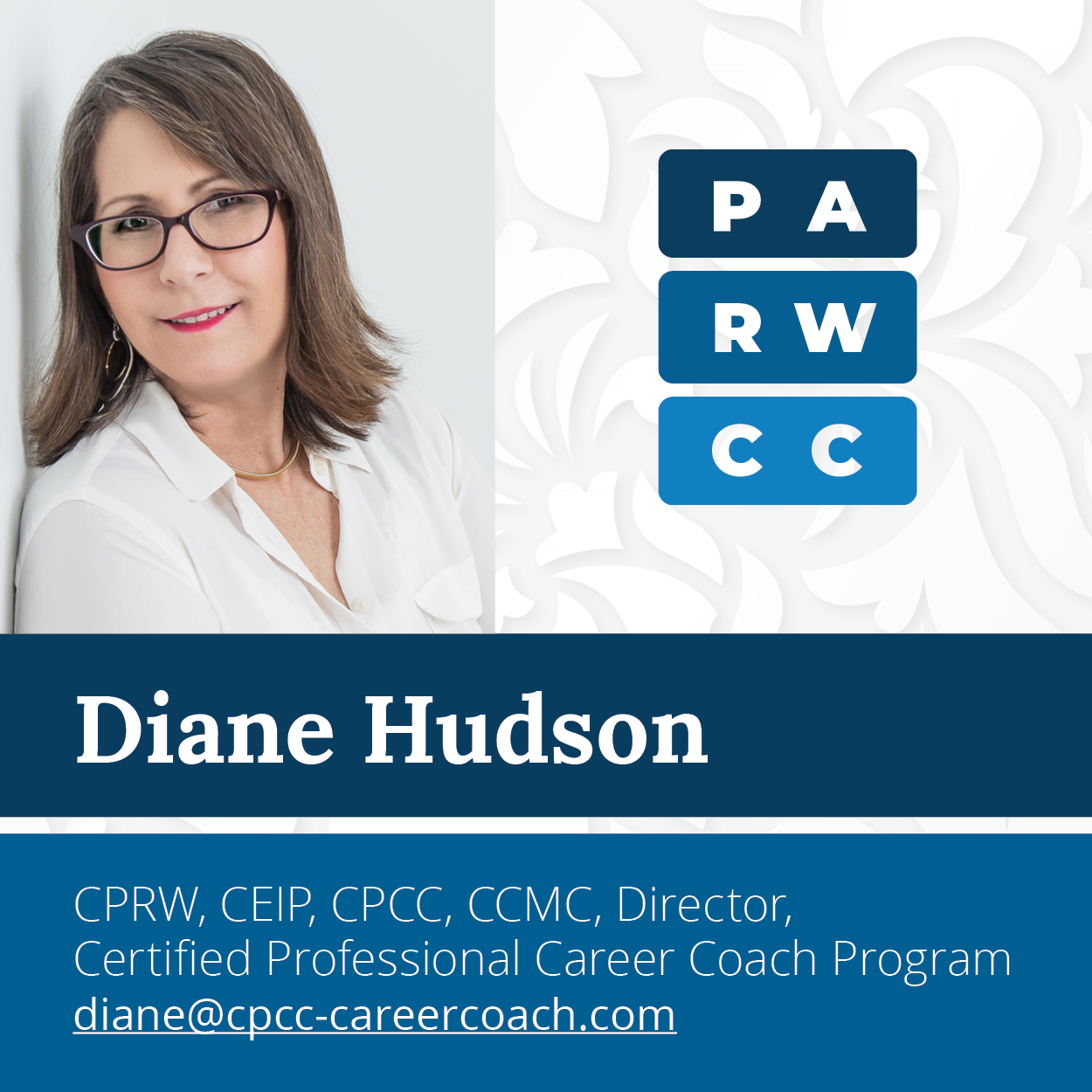The Resume Writer’s Guide to Losing Weight
Some rules of English grammar have endured for longer than you might have imagined. The concept of “end-weight” first appeared in Lindley Murray’s 1795 book English Grammar (revised in 1832) and served as a template for grade-school grammar lessons for centuries.
Murray described how English speakers tend to instinctively apply sentence weight rules:
“Longer or complex phrases (such as prepositional phrases) inherently carry more weight than simpler clauses. Excessive complexity at the start can confuse or disengage the reader. The sentence, “It was thoughtful of Mary to send me a card for my birthday,” sounds better than, “For Mary to send me a card for my birthday was thoughtful.” Linguists have tested pairings of this nature, and the audience always prefers the heavier end-weight structure. The latter feels awkward because the weighty idea comes too early and is distracting.”
I see this “seesaw” rule violated in CPRW test submissions all the time. My guess is that candidates fear leaving out any “important” information, so they write paragraphs and bullet points that are longer and more complex than they need to be. According to Murray, that’s a problem.
If an aspiring résumé writer has been exposed to the Challenge-Action-Result (C-A-R) methodology that we use to collect accomplishment-based information from our clients, it makes sense that they might also write a bullet point in the same sequence. According to Murray, that’s a problem.
We talk about “front-loading” accomplishments all the time, and apparently the effectiveness of that construction is grounded in linguistic research as well as résumé style. The problem is…the writer has to learn to express a bullet point in the reverse order (R-A-C), sometimes even minimizing or eliminating the “C” to maintain a sensible sentence weight. Think of too many words and syllables as the equivalent of too many calories.
Sentence weight is perhaps the most distinguishable behind-the-scenes variable between an entry-level community college student résumé and a tenured senior-level executive résumé. To make it more of a deliberate part of your writing, here are some other sentence weight concepts to consider:
- Prioritize Front-Loaded Impact | Place the most critical information—action verbs and results—at the beginning of each bullet point. Hiring managers skim résumés quickly; leading with impact ensures key achievements are noticed.
-
- Before: Worked on improving customer retention through various strategies.
- After: Increased customer retention by 30% through targeted engagement strategies.
- Use Sentence Length for Emphasis & Readability | Keep bullet points concise (1–2 lines max) while ensuring they remain impactful. Avoid long-winded explanations that dilute emphasis. Break complex ideas into two related bullet points if necessary.
- Eliminate Weak Verbs & Redundant Language | Replace generic verbs with strong, industry-specific action verbs. Instead of “Helped with project management tasks.”, try “Orchestrated cross-functional projects, ensuring on-time completion.” “Helped” is weak and vague; “orchestrated” conveys leadership.
- Balance Parallelism & Sentence Variety | Maintain consistent structure for readability while avoiding monotony using strong, varied verbs. This makes your writing more balanced and more memorable.
- Weak:
- Managed daily operations of the department.
- Was responsible for hiring and training new staff.
- Stronger:
- Directed daily operations to optimize efficiency.
- Recruited, hired, and trained a high-performing team.
- Weak:
- Focus on Results & Metrics When Possible | Quantify achievements to add weight and credibility. Numbers provide context and measurable proof of success.
- Before: Improved sales processes for better efficiency.
- After: Increased conversion rates by 20% using optimized sales processes.
- Adjust Weight Based on Job Level | Align sentence weight with the target role’s expectations.
- Entry-Level: Focus on skills, contributions, and learning outcomes.
- Mid-Level: Highlight impact, leadership, and cross-functional work.
- Executive-Level: Emphasize strategic vision, bottom-line results, and influence.
- Placement Determines Weight | Sentences at the beginning and end of a paragraph typically carry the most weight. The first sentence often introduces the main idea, while the last reinforces or concludes it.
- Length & Complexity Affect Emphasis and Influence Perception | Short sentences stand out and create impact. Long, complex sentences convey depth and detail but can dilute emphasis if overused. Mixing short and long sentences creates rhythm and keeps writing engaging. Too many long or too many short sentences reduce their individual impact.
- Active vs. Passive Voice Impacts Weight | Active voice (“The manager approved the request.”) is more direct and impactful. Passive voice (“The request was approved by the manager.”) softens emphasis.
- Strong Verbs & Precise Language Matter | Powerful, vivid verbs add weight (“She bolted out of the room” vs. “She left the room quickly”). Eliminating weak words (e.g., “very,” “really”) makes sentences more forceful.
- Contrast & Conjunctions Shift Weight | Words like “however,” “but,” and “although” create shifts in emphasis. Contrasts highlight key points by setting them against opposing ideas. Résumé writers often use punctuation (especially the semi-colon) to achieve this same shifting effect.
- Lists & Enumeration Organize Weight | Bulleted or numbered lists give each point equal weight. Sequential lists (first, second, third) create a logical progression of importance.
Because sentence weight concepts are reader-based, they are in play whether you realize it or not. Like the human body, the dynamics of weight gain or weight loss are a function of balance, discipline, and awareness of excess. Decisions about what you write and don’t write impact the reader and your clients as well. They won’t tell you to lose or gain weight, but they’ll notice after you’ve done the work.
PRO TIP: Try using this prompt with your favorite AI platform: “Analyze the attached résumé and make specific recommendations to improve sentence weight.” Regardless of whether you are a beginner or an advanced writer, using that prompt a few times — and applying the useful recommendations — will help you learn to incorporate sentence-weight concepts into your own work. Even small changes can lead to big results!






































